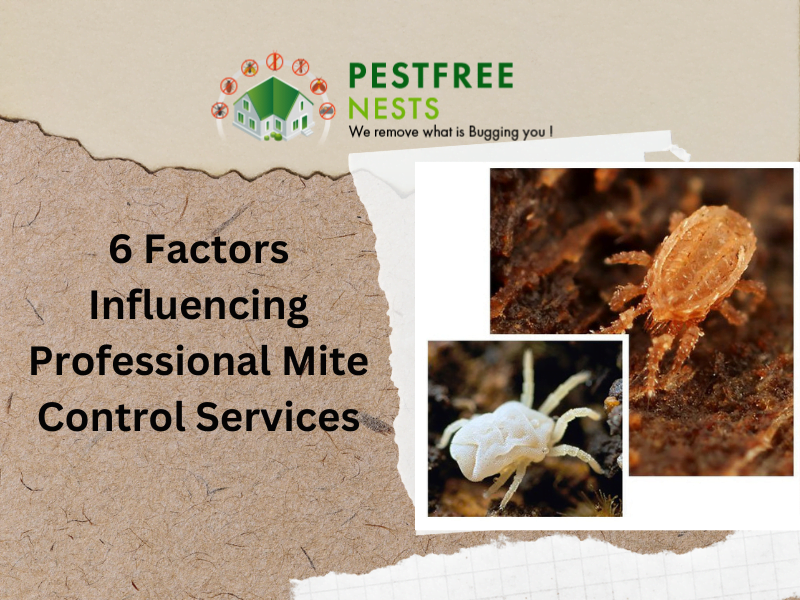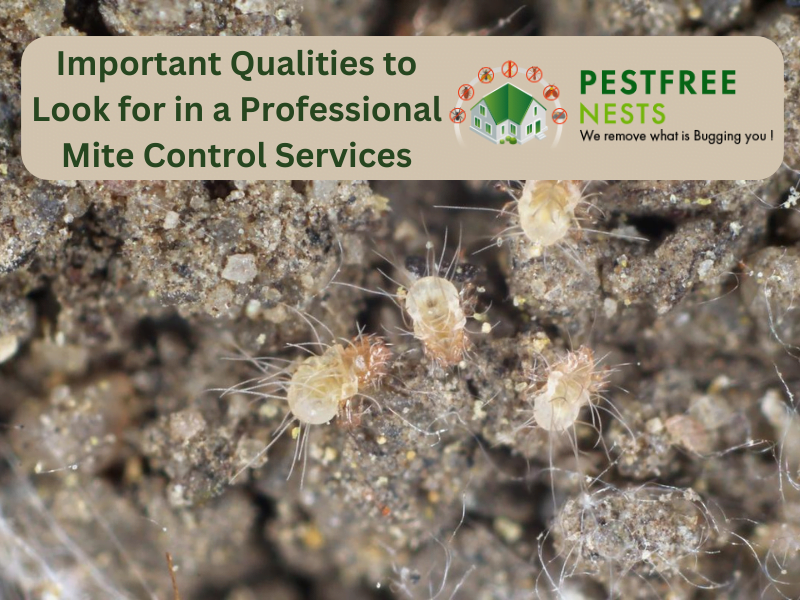As autumn approaches in Australia, so does the resurgence of certain pests, with wasps being a significant concern for homeowners and businesses alike. In areas such as Cranbourne, For residents of Cranbourne, Pakenham, and Glen Waverley, the shifting seasons bring a unique set of challenges, notably in the realm of pest control. Among the most notorious of these pests are wasps, whose presence can turn a peaceful outdoor gathering into a nightmare. Each of the regions presents distinct challenges and requires tailored solutions to effectively address the threat of Wasp Control Services in Cranbourne, Pakenham, and Glen Waverley.
Navigating Urban Environments in Cranbourne
In Cranbourne, the urban landscape poses unique challenges for wasp control services. With its mix of residential areas, commercial spaces, and greenery, Cranbourne provides an attractive habitat for wasps seeking shelter and food sources. Additionally, the presence of water bodies and parks further contributes to the proliferation of wasp colonies.
Wasp Control Services in Cranbourne often focus on comprehensive inspections of properties to identify potential nesting sites. Professional pest management companies employ a range of techniques, including baiting, trapping, and nest removal, to address infestations effectively. Moreover, ongoing monitoring and preventive measures are crucial to maintaining wasp-free environments in Cranbourne throughout the autumn season.
Battling Rural Challenges in Pakenham
In contrast to Cranbourne’s urban setting, Pakenham presents unique rural challenges for wasp control services. Surrounded by farmland and bushland, Pakenham experiences a higher prevalence of wasp activity, particularly as the weather cools down. Wasp nests may be found in sheds, barns, and other agricultural structures, posing a threat to farmers and residents alike.
Wasp Control Services in Pakenham often involve targeted interventions tailored to rural environments. Pest management professionals prioritise the protection of livestock, crops, and infrastructure while ensuring minimal disruption to agricultural activities. Strategies such as nest removal, barrier treatments, and habitat modification play a crucial role in mitigating the impact of wasp infestations in Pakenham during the autumn season.
Adapting to Suburban Dynamics in Glen Waverley
Situated within the Greater Melbourne area, Glen Waverley combines suburban living with natural surroundings, presenting distinct challenges for wasp control services. Residential neighbourhoods, parks, and gardens provide ample opportunities for wasp nesting, particularly as temperatures begin to drop. Additionally, factors such as landscaping practices and waste management can influence the prevalence of wasp activity in the area.
Wasp Control Services in Glen Waverley prioritise community engagement and education alongside pest management strategies. Residents are encouraged to take proactive measures, such as sealing potential entry points and removing attractants, to reduce the risk of wasp infestations. Integrated pest management approaches, including biological controls and targeted treatments, are utilised to maintain a balance between effective pest control and environmental sustainability in Glen Waverley.
Autumn Challenges and Strategies
Autumn heralds a significant transition for wasps as they prepare for the cooler months ahead. As temperatures drop, these insects become more aggressive in their search for food, often venturing closer to human habitation in their quest for sustenance. In Cranbourne, Pakenham, and Glen Waverley, autumn marks a critical period for wasp control services. Some of the key strategies for Effective Wasp Control Services in Cranbourne, Pakenham, and Glen Waverley:
-
Inspection and Identification:
Thorough inspections are conducted to identify potential nesting sites and assess the extent of the infestation. Experienced technicians employ specialised tools and knowledge to pinpoint areas of concern, such as roof voids, garden foliage, and outdoor structures.
-
Targeted Treatments:
Utilising eco-friendly insecticides, pest control professionals administer targeted treatments to eliminate existing wasp populations and deter future infestations. Careful consideration is given to environmental factors and the presence of beneficial insects to minimise collateral damage.
-
Preventive Measures:
In addition to eradication efforts, emphasis is placed on implementing preventive measures to discourage wasps from re-establishing colonies. This may include sealing entry points, installing traps, and modifying landscaping to reduce harborage sites.
-
Education and Awareness:
Effective communication with residents plays a pivotal role in successful wasp control. Pest management companies offer educational resources and practical tips to empower homeowners in safeguarding their properties and recognising early signs of infestation.
The approach to Wasp Control Services in Cranbourne, Pakenham, and Glen Waverley reflects the diverse landscapes and community dynamics. Addressing the challenges of wasp infestations in urban, rural, or suburban settings requires a nuanced understanding of local environments and a commitment to tailored solutions. By adopting proactive measures and implementing targeted interventionsby Pest Free Nests, Cranbourne, Pakenham, and Glen Waverley can effectively manage wasp populations and enjoy pest-free environments throughout the season.









